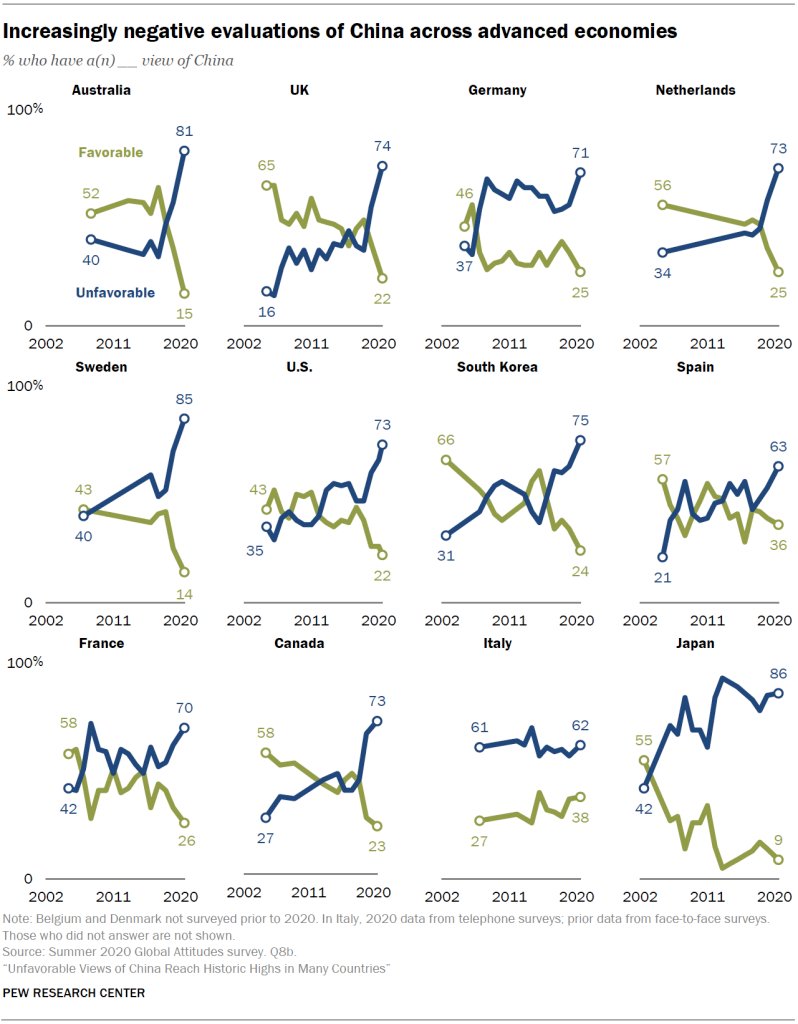
It's a little more complicated.
Unobservable structural parameters are fine IF you're willing to reject structural models outright, based on data.
But if (like many economists) you don't reject models, unmeasurable variables can lead to misspecification that never goes away.
Unobservable structural parameters are fine IF you're willing to reject structural models outright, based on data.
But if (like many economists) you don't reject models, unmeasurable variables can lead to misspecification that never goes away.
https://twitter.com/mattyglesias/status/1314290621121810432
For example: The coefficient of relative risk aversion. If people don't have CRRA preferences, this isn't a structural parameter; it changes when risk changes. So if preferences aren't CRRA and you decide rho=2, you're going to run into problems...
Of course, the example everyone is thinking about is TFP. A certain Nobel-winning business cycle model (which shall remain nameless) famously assumed that the TFP residual is exogenous and follows an AR(1) process. That turned out to be wrong in any number of ways...
Put another way: If you have models that consistently fit the data, you're indirectly observing your structural parameters, even if they're not directly observable. But if you don't have models that fit the data, you're not observing those parameters, because they don't exist.
"A cynical but not-entirely-false view is that structural causal inference effectively assumes a causal mechanism, known up to a vector of parameters that can be estimated. Big assumption."
- @FrancisDiebold
fxdiebold.blogspot.com/2016/04/on-rea…
- @FrancisDiebold
fxdiebold.blogspot.com/2016/04/on-rea…
• • •
Missing some Tweet in this thread? You can try to
force a refresh








